Literacy Statistics are critical in determining the level of literacy within a population. They can help to identify areas where literacy levels are low and identify potential interventions to improve literacy rates.
Furthermore, literacy statistics can be used to compare the literacy levels of different groups within a population and to monitor changes in literacy over time. Consequently, literacy statistics is a valuable tool for policy-makers and educators alike.

In which LMS platform should you invest your time and money? This review will tell you more about it.
Table of Contents
Report Highlights
- In 2022, an average of 79% of American adults will be able to read and write.
- Twenty-one percent of Americans will be unable to read or write by 2022.
- Most adults cannot read or write at a level beyond the sixth grade.
- illiteracy is estimated to cost the United States economy $2.2 trillion a year.
- More than a third of adults who are unable to read or write are foreign-born.
- The majority of children in Massachusetts were literate.
- The lowest percentage of schoolchildren were unable to read and write in New Mexico.
- The highest proportion of adults in New Hampshire was literate.
- Adult literacy rates in California were the lowest in the nation.
- In 2013, 66% of fourth-graders in the United States were unable to read on average.
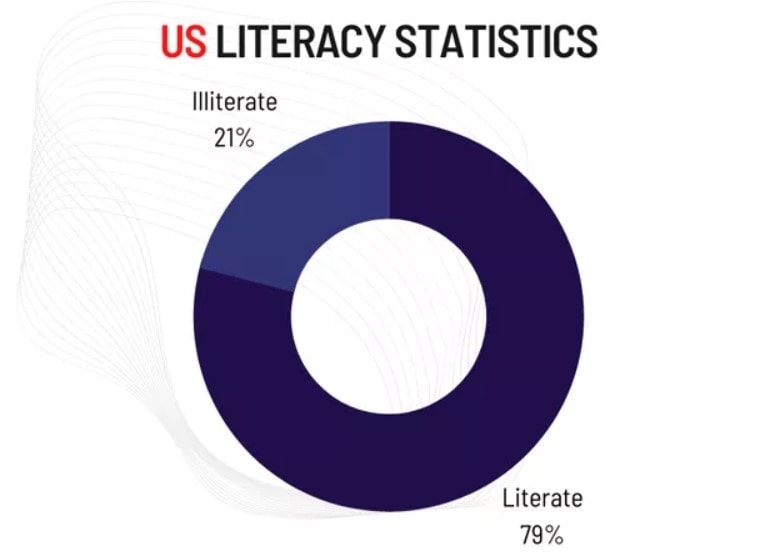
Credit:- Thinkimpact
Child Literacy Statistics
The average reading score for fourth and eighth graders in 2017 was higher than in 1992, but not considerably higher than in 2015. This is according to the 2018 Digest of Education Statistics.
While the gap between White and Black and White and Hispanic pupils has narrowed considerably between 1992 and 2017, it hasn’t narrowed at all between 2015 and 2017.
- Compared to 8th-grade boys, 8th-grade girls scored 10 points higher on the reading portion of the 2017 National Assessment of Educational Progress (NAEP).
- Between 1992 and 2017, students in the 4th grade improved by 5 points, while students in the 8th grade improved by 7 points.
- When it came to children’s literacy skills, Massachusetts, New Hampshire, and Maryland ranked top, in that order (highest to lowest).
- There were fewer youngsters in Louisiana, Mississippi, and New Mexico who could read and write than in any other state (highest to lowest).
- All fourth-graders in the United States were unable to read proficiently in 2013. This marked a 6 percent increase over the results recorded in 2003.
Child Literacy Statistics by State (4th Grade)





Credit:- Thinkimpact
Adult Literacy Statistics
- The average rate of adult literacy in the United States is 88%.
- More than 12,000 adults between the ages of 16 and 74 were assessed by the Program for the International Assessment of Adult Competencies (PIACC) over the course of five years, from 2012 to 2017.
- In 2012, 2014, and 2017, the PIACC study found that the US average score was 264 out of 500 points.
- New Hampshire, Minnesota, and North Dakota had the highest literacy rates, in that order.
- Floridians are the least likely to be literate, followed by New Yorkers and Californians.
Adult Literacy Rate and PIACC Score Estimate by State
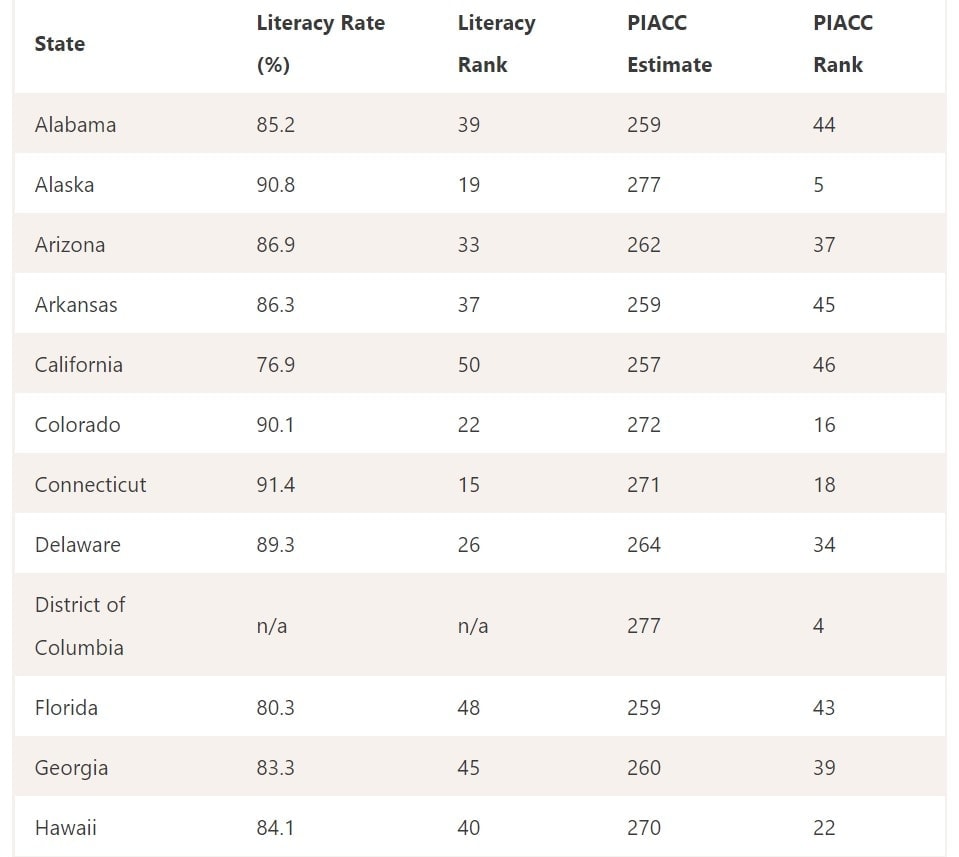
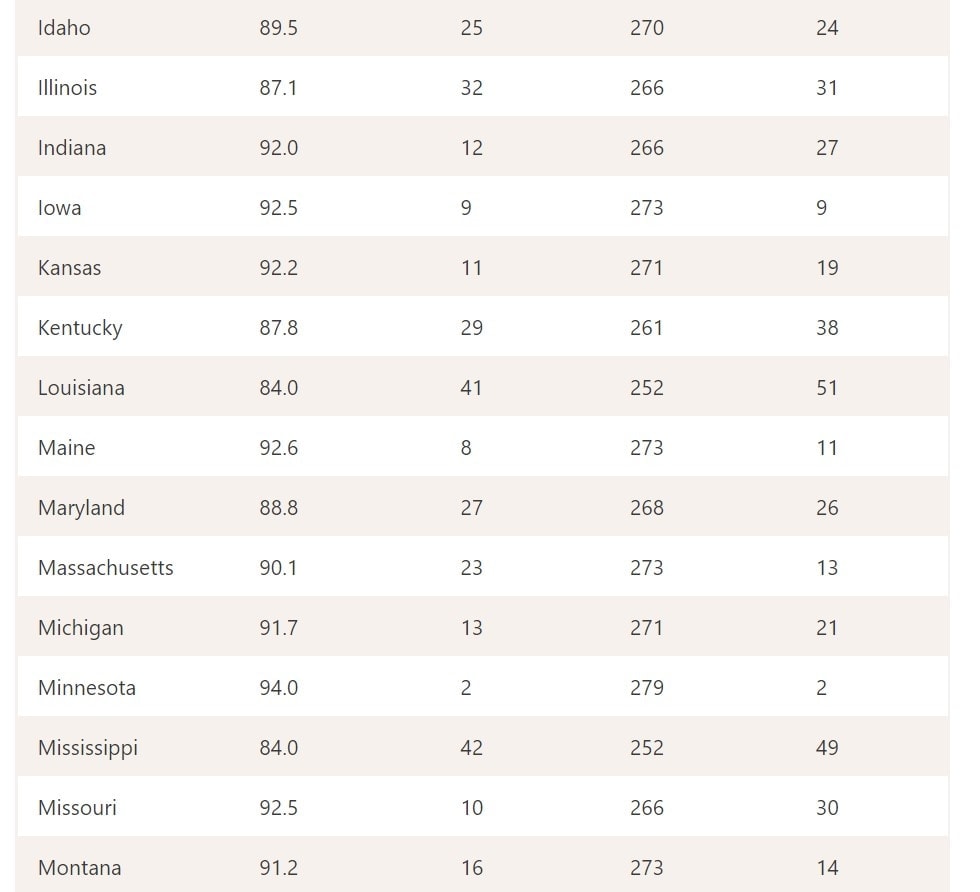
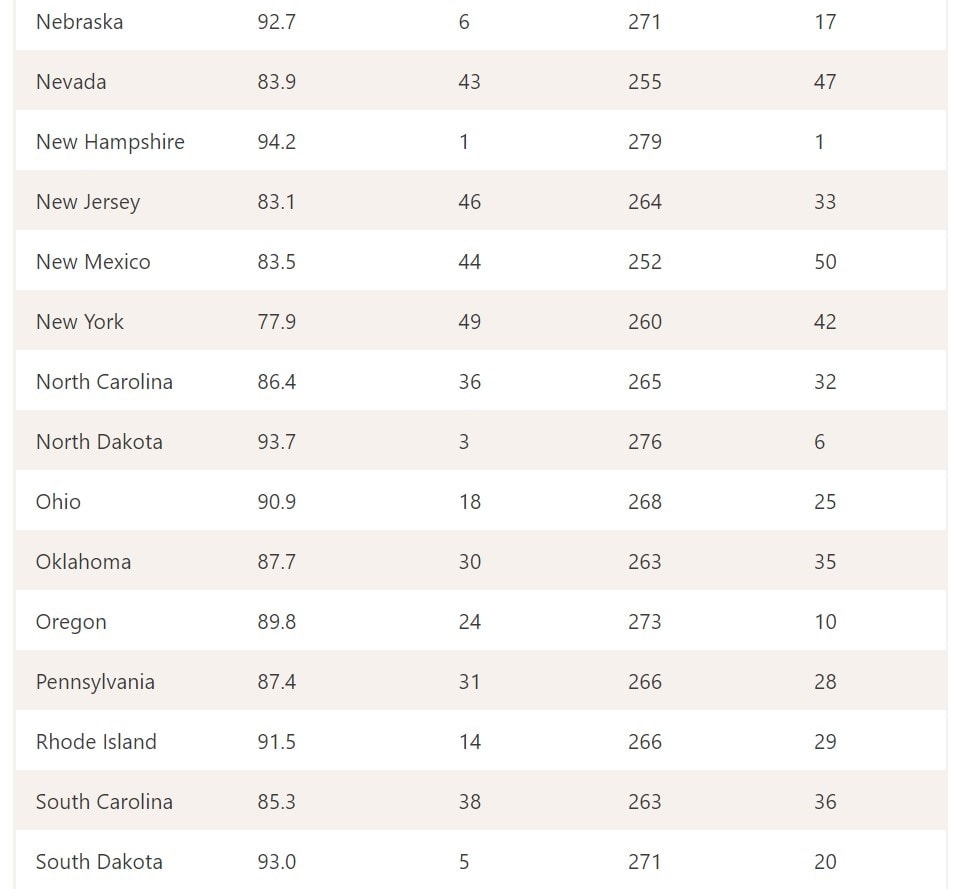
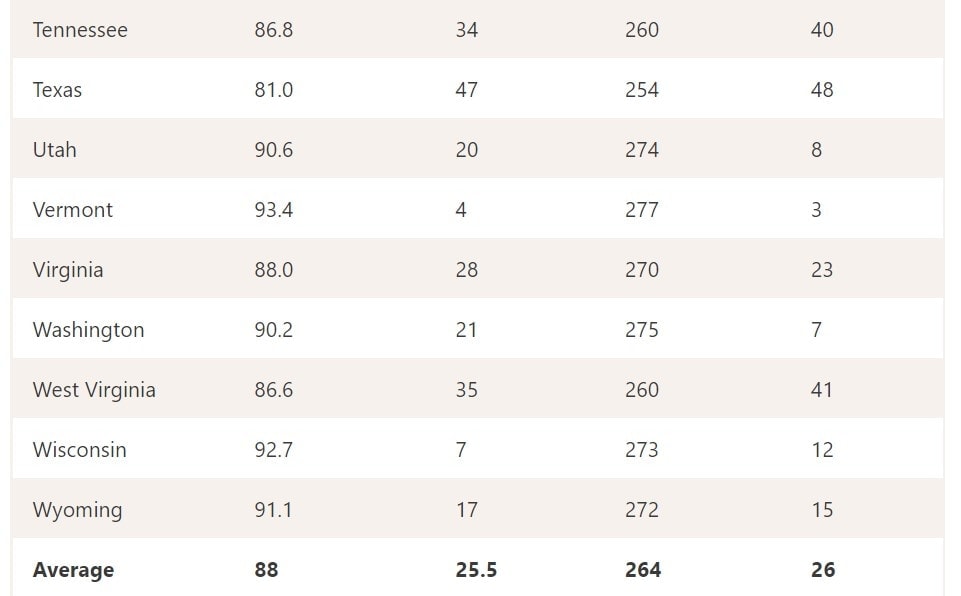
Credit:- Thinkimpact
Do you want the best LMS platform and get a 50% discount? To get discount coupons and save money, click here
Quick Links:
References
- U.S. Department of Education Data Points Adult Literacy in the United States
- NCES Program for the International Assessment of Adult Competencies
- What is PIAAC?
- Digest of Education Statistics 2018
- Literacy Project – 30 Key Child Literacy Stats Parents Need to Be Aware of
- NCES States and Counties with Highest and Lowest Levels of Adult Literacy
- NCES PIAAC Skills Map
- NCES PIACC Comparison Charts
- World Population Review U.S. Literacy Rates by State
- States Where Children Are Struggling the Most to Read
- AECF Data Snapshot Early Reading Proficiency




